The world of software testing is changing and Context-driven testing (CDT) is upcoming. In the USA it is better known and more applied than with us in Europe. Overseas in the USA the Association for Software Testing (AST) is fairly context-driven. They organize a conference called CAST every year where CDT is one of the main topics. In 2011 the theme of the whole conference was context-driven testing. People like Cem Kaner, Michael Bolton and James Bach travel the world to learn others about CDT. They encourage others to create peer workshops like DEWT in the Netherlands, SWET in Sweden and GATE in Germany. These peer workshops help spread the word about CDT. At other conferences CDT gets some attention, but that isn’t enough… In the summer of 2011 five brave gentlemen from Sweden decided to create something beautiful: a context-driven conference in Europe! Let’s Test was born. I am very pleased to be one of the approx. 140 people who took part in the first Let’s Test ever. I feel very honoured that I was part of the totally excellent line-up of speakers that spoke there.
Me and Peter (aka Simon) Schrijver arrived at Runö in Åkersberga early Sunday morning after picking up Fiona Charles at her hotel in Stockholm. Here we met the organisers of the conference: Johan Jonasson, Hendrik Andersson, Ola Hyltén, Torbjörn Ryber and Hendrik Emilsson. The venue is beautiful!
The venue: Runö – Möten & Events
Sunday May 6th: LTWET (LEWT goes Sweden / Let’s LEWT)
After a quick breakfast I joined a LEWT-style peer workshop organized by James Lyndsay. Peter joined the people who were trained as facilitators for the Let’s Test conference by Paul Holland. Later that morning some of them would join the peer workshop. The theme of the peer workshop was “design” and we started with a small group: James Lyndsay, Desi (James’ wife), Neil Thompson, Fiona Charles and me. Later Paul Holland, Ilari Aegerter, Ben Kelly, Torbjörn Ryber, Rikard Edgren, Peter/Simon Schrijver and Simon Morley joined.
Sunday evening May 6th: pre Let’s Test fun


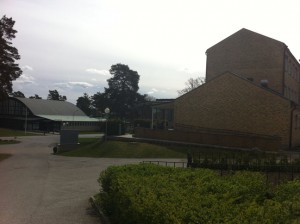




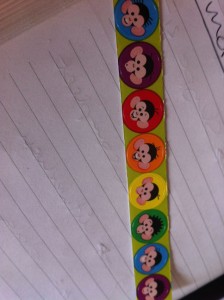
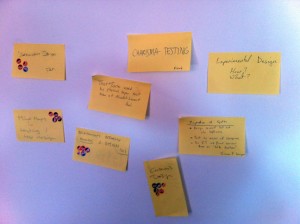
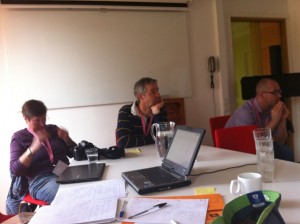
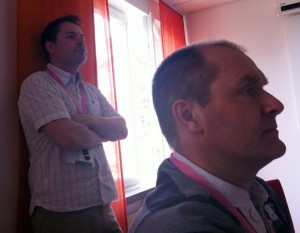
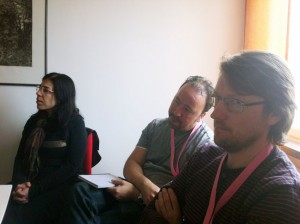
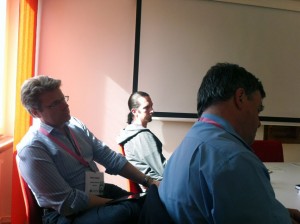
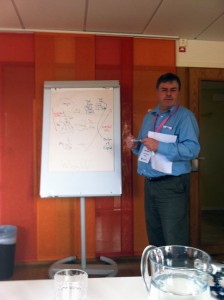
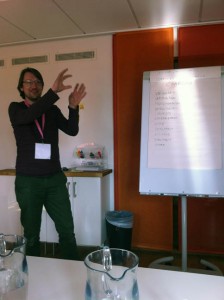
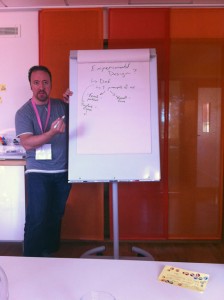

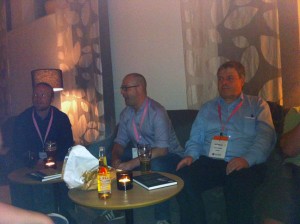
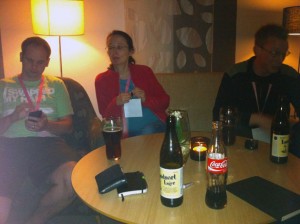
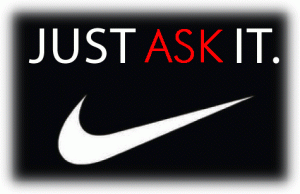


Recent Comments